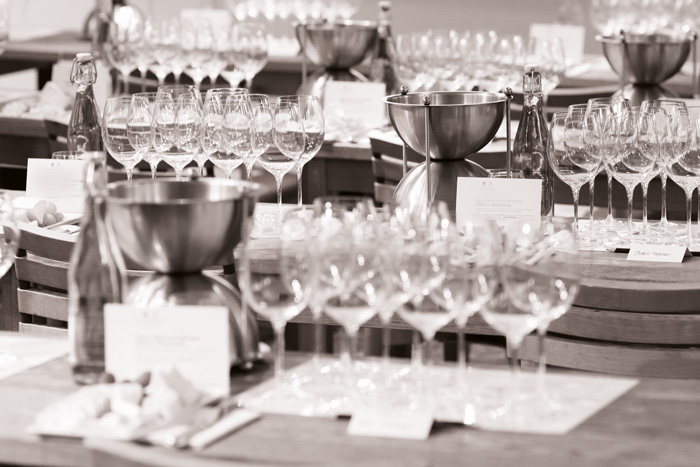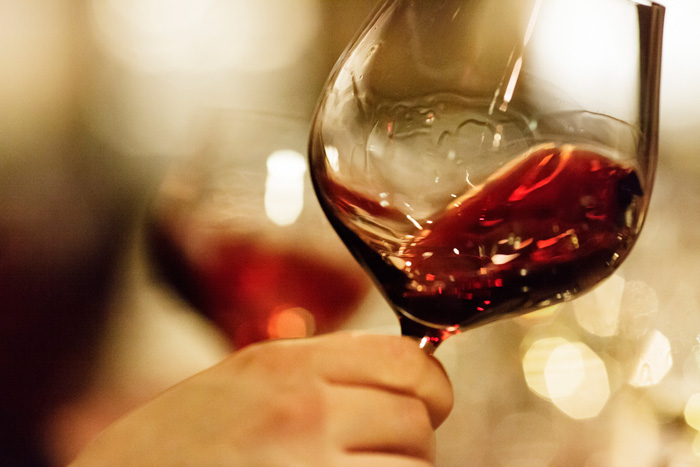Mastering the swirl-and-spit
Author: Victoria Stewart
Until recently I dreaded wine lists. Sure, I could navigate my way around thoughtful menus divided into ‘crisp and refreshing’ or ‘fruity’, but what about those that never gave any explanation of what I might be about to drink? Choosing wine had become a mental block.
Cue the Berry Bros. & Rudd Introductory Wine course. This six-week evening guide runs at different points throughout the year, was open to anyone and pledges to teach budding oenophiles the characteristics of wine and what to look out for when tasting it, before focusing on a small selection of grape varieties each week. I signed up immediately.
In a cellar underneath the beautiful, ancient HQ on St James’s Street, 15 classmates and I – they a mixture of suits keen to start their own wine cellars, others dreaming of becoming Masters of Wine, some who had been given the course as birthday presents, and others with little or no wine know-how – were presented with a handy booklet stuffed with wine maps of the world, tasting guides, and blank spaces for tasting notes. Each week we sat down in front of our wine samples, plates of cheese and a pot of something delicious made upstairs, like rillettes or pâté.
In the weeks that followed we learnt how to sniff, swirl, sniff again and ‘chew’ wine – much like tasting food, this is where you attempt to recognise what is happening in your mouth – and how to identify the elements that make up the balance of a glass of wine. These included acidity and ripeness, age, levels of alcohol, tannin levels, oak, most of which had previously been a minefield to me.
Hilarious shouts of, “I think this tastes of cat’s pee/farmyard/armbands/ashtrays” were not uncommon since Barbara Drew, our unendingly patient course leader, invited everyone to declare what they thought.
In true commitment to the tasting cause, I accepted that it was necessary to spit out each gulp – rather than swallow as I have always done – into black spittoons, at which point we considered the length and finish of the wine – ie how long it stays in your mouth, something that had always fazed me in the past.
In between classes, I scoured menus for the wines we’d tried, or found corresponding possibilities when those weren’t available. The more I learnt, the more I began to read and understand wine reviews; that feeling of dread began to subside.
One fright remained, though, when each week Barbara would announce “I am soon going to release you into the world of wine so this is very important,” before making us do a blind tasting. On the second week I left feeling despondent, cross after having mixed up a Sauvignon Blanc and a Chardonnay. By week six, however, my new friends and I had correctly identified our Rieslings from our Chenin Blancs, and our Pinot Noirs from our Riojas. I now know I have a penchant for Merlot, Pinot Noir, and Grenache, I am not keen on Gamay, Gewürztraminer and I’m undecided on Nebbiolo.
Six weeks down, my phone is stuffed with photographs of the wines I’ve enjoyed recently and I now feel I can amble through, rather than stall at, a menu. In any case, what would be the point in sommeliers, those excellent walking, talking wine dictionaries, if we all knew everything…?
You can now book for the Autumn & Winter 2015 Calendar of Events, with our first Introductory Evening Wine School of the season starting in September. You can browse all our evening Wine Schools here.




